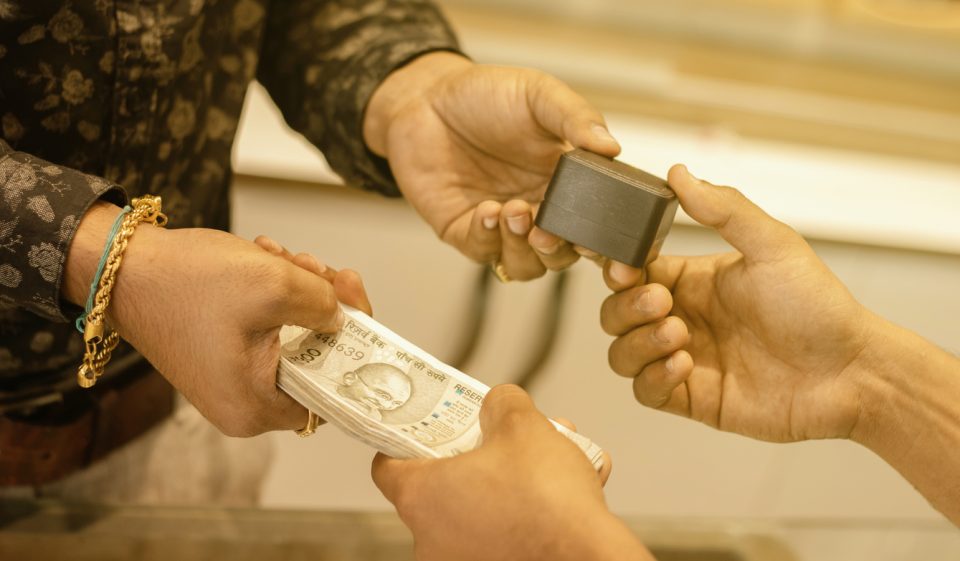
As COVID hits common man, gold loans surge by 77% in 12 months

Retail loans, especially gold loan and credit card business witnessed a surge over 12 months till July 2021, reflecting the economic distress faced by the common man hit by the COVID lockdowns, job losses and salary cuts.
According to Indian Express, retail loans that account for 26 per cent of total bank credit saw a spike over 12 months till July 2021 – jumping from 9 per cent in the previous 12 months to 11.2 per cent.
Also read: Tech giants battle for share of India’s $1 trillion digital loans market
IE said the gold loan outstanding increased by 77.4 per cent or ₹27,223 crore to ₹62,412 crore by July 2021 on a year-on-year basis.
The country’s largest public sector bank, State Bank of India (SBI) itself recorded a 338.76 per cent hike in gold loans by June 2021. According to an SBI official, the total gold loan of the bank stood at ₹21,293 crore.
Experts say the pandemic which came with strict lockdowns, job losses, salary cuts and increased medical bills, drove people towards pawning their gold in a bid to secure hassle-free loans. Banks also obliged, considering that recovery in the gold loan business is comparatively easier.
“People find it easier to get loans by pledging gold. Seeing an opportunity, banks stepped up lending since recovery in this business is not cumbersome,” an official of a nationalised bank told IE.
An increase in discretionary spending and high cost borrowing among consumers was noticed when the same 12-month period also showed an increase in credit card outstanding – by ₹10,000 crore or 9.8 per cent to ₹1.11 lakh crore. Credit card outstanding in the previous year (ending July 2020) had grown by 8.6 per cent.
Also read: India’s manufacturing PMI slumps to 52.3 in August due to COVID, rising costs
According to RBI data, credit outstanding in the retail sector rose by ₹2.88 lakh crore to ₹28.58 lakh crore as of July 2021. While individuals borrowed more, the same by the industry and the services sector was low – 1 per cent and 2.7 per cent respectively – even though the two sectors account for over 50 per cent of the total credit outstanding of ₹108.32 lakh crore.
While the retail sector saw a spike in outstanding loans, housing loans, which accounts for the lion’s share at 51.3 per cent, slumped to 8.9 per cent to ₹14.66 lakh crore compared to 11.1 per cent growth in the 12-month period ending July 2020.


